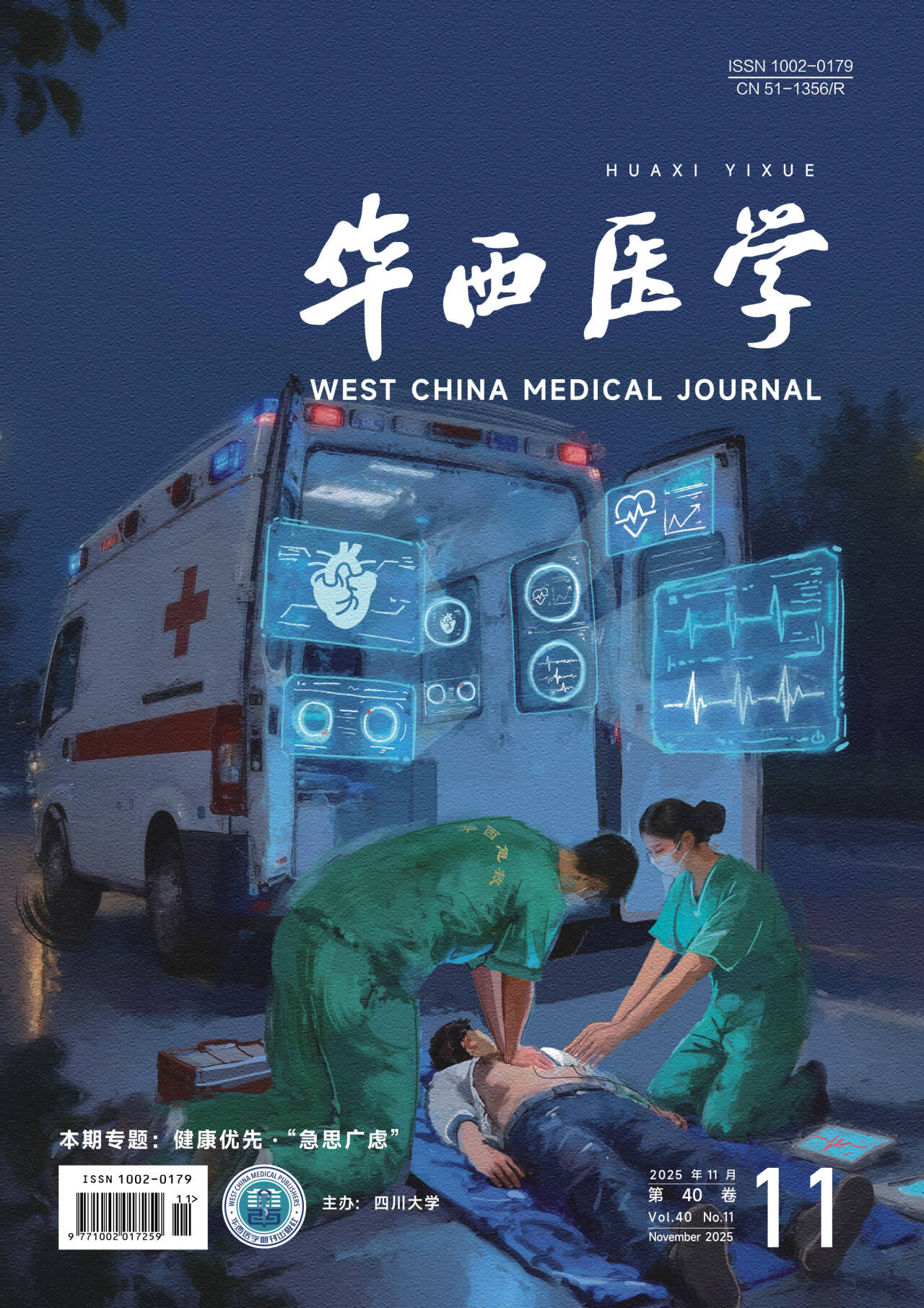| 1. |
TALVING P, BENFIELD R, HADJIZACHARIA P, et al. Coagulopathy in severe traumatic brain injury: a prospective study[J]. J Trauma,2009,66(1):55-62..
|
| 2. |
李銀平.急性顱腦損傷后亞低溫治療無臨床價值[J].中國危重病急救醫學,2001,13(8):459..
|
| 3. |
DRUSKIN M S, DRIJANSK R. Afibrinogenemia with severe head trauma[J]. J Am Med Association,1972,219(6):755..
|
| 4. |
譚宗德,徐延森,程新福,等.腦挫裂傷的臨床分型與治療探討[J].中國臨床神經外科雜志,2003,8(1):16-11..
|
| 5. |
靳懷明,李浩,李志華.顱腦損傷術后遲發性腦缺血性損害及其相關性因素[J].河南外科學雜志,2005,11(1):5-6..
|
| 6. |
VANDER A J, MOORE LG, BREWER G, et al. Effects of high altitude on plasma concentrations of testosterone and pituitary gonadotropins in man[J]. Aviat Space Environ Med,1978,49(2):356-357..
|
| 7. |
SCHERER R U, SPANGEBERG P. Procoagulant actibity in patients with isolated severe head trauma[J]. J Crit Care Med,1998,26(1):149-156..
|
| 8. |
GANDO S, NANZAKI S, KEMMOTSU O. Coagulofibrinolytic changes after head injury are not different from those in trauma patients without head injury[J]. J Trauma,1999,46(3):1070-1076..
|
| 9. |
MAY A K, YOUNG JS, BUTLER K, et al. Coagulopathy in severe closed head injury: is empiric therapy warranted?[J] J Am Surg,1997,63(2):233-236..
|
| 10. |
SELLADURAI B M, VICKNESWARAN M, DURAISAMY S, et al. Coagulopathy in acute head injury: a study of its role as a prognostic indicator[J]. J Br J Neurosurg,1997,11:398-404..
|
| 11. |
李鋼,柯以銓.腦損傷后凝血功能改變的研究進展[J].中華創傷雜志,2003,19(1):57-59..
|
| 12. |
TAKAHASHI H, URANO T, TAKADA Y, et al. Fibrinolytic parameters as an admission prognestic marker of head injury in patients who talk and deteriorate[J]. J Neurosurg,1997,86(5):768-772.[13]高李貴,劉重霄,王卉芳,等.顱腦損傷急性期血漿凝血因子水平的變化[J].西安交通大學學報醫學版,2003,24(5):505-506..
|
| 13. |
TAKANASHI Y, SHINONAGA M, KOH E, et al. Coagulation disorders as early predictor of brain injury [J]. No To Shinkei,1996,48(11):1009-1013..
|
| 14. |
GRENANDER A,BREDBACKA S,RYDVALL A,et al.Antithrombin treatment in patients with traumatic brain injury: a pilot study[J]. J Neurosurg Anesthesiol,2001,13(1):49-56..
|
| 15. |
VAN’T VEER C, MANN K G. The regulation of the factor Ⅶ-dependent coagulation pathway: rationale for the effectiveness of recombinant factor Ⅶ a in refractory bleeding disorders[J]. Semin Thromb Hemost,2000,26(4):367-372..
|
| 16. |
ALLEN G A, HOFFMAN M, ROBERTS H R, et al. Recombinant activated factor Ⅶ: its mechanism of action and role in the control of hemorrhage. Can J Anaesth,2002,49:S7-S14..
|
| 17. |
DUTTON R P, MCCUNN M, HYDER M, et al. Factor Ⅶa for correction of craumatic coagulopathy[J]. J Trauma,2004,57(4):709-718.
|




